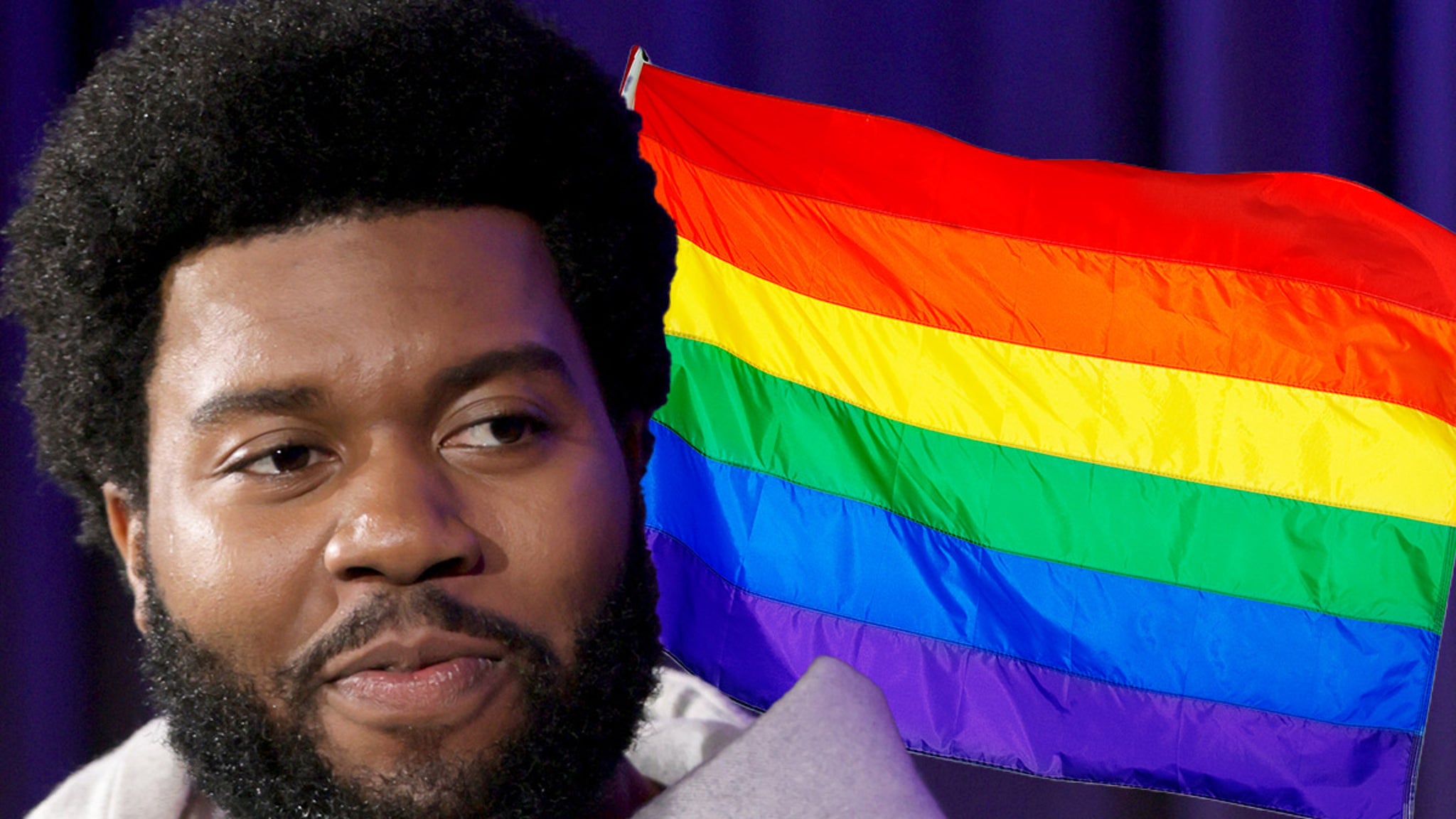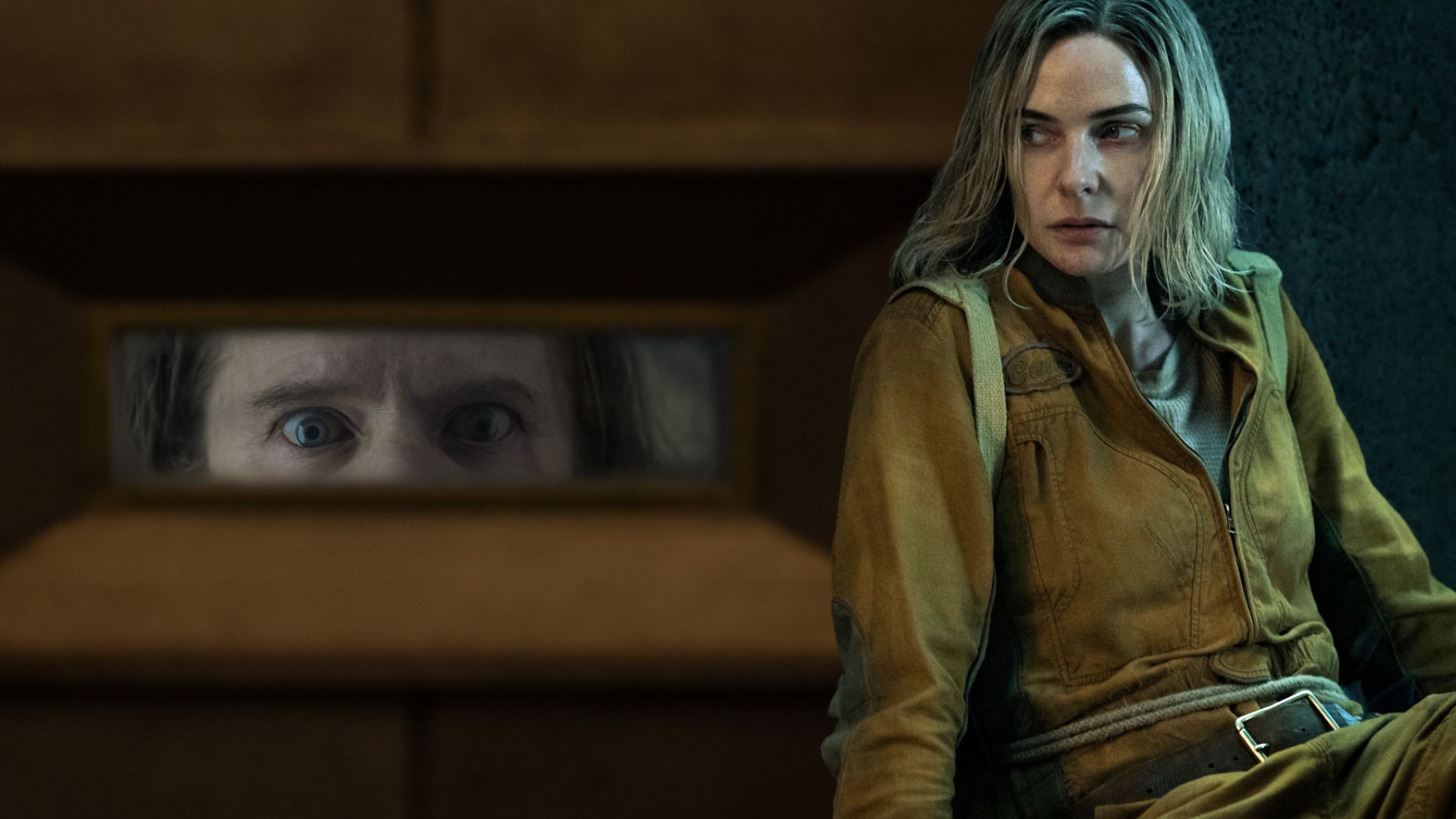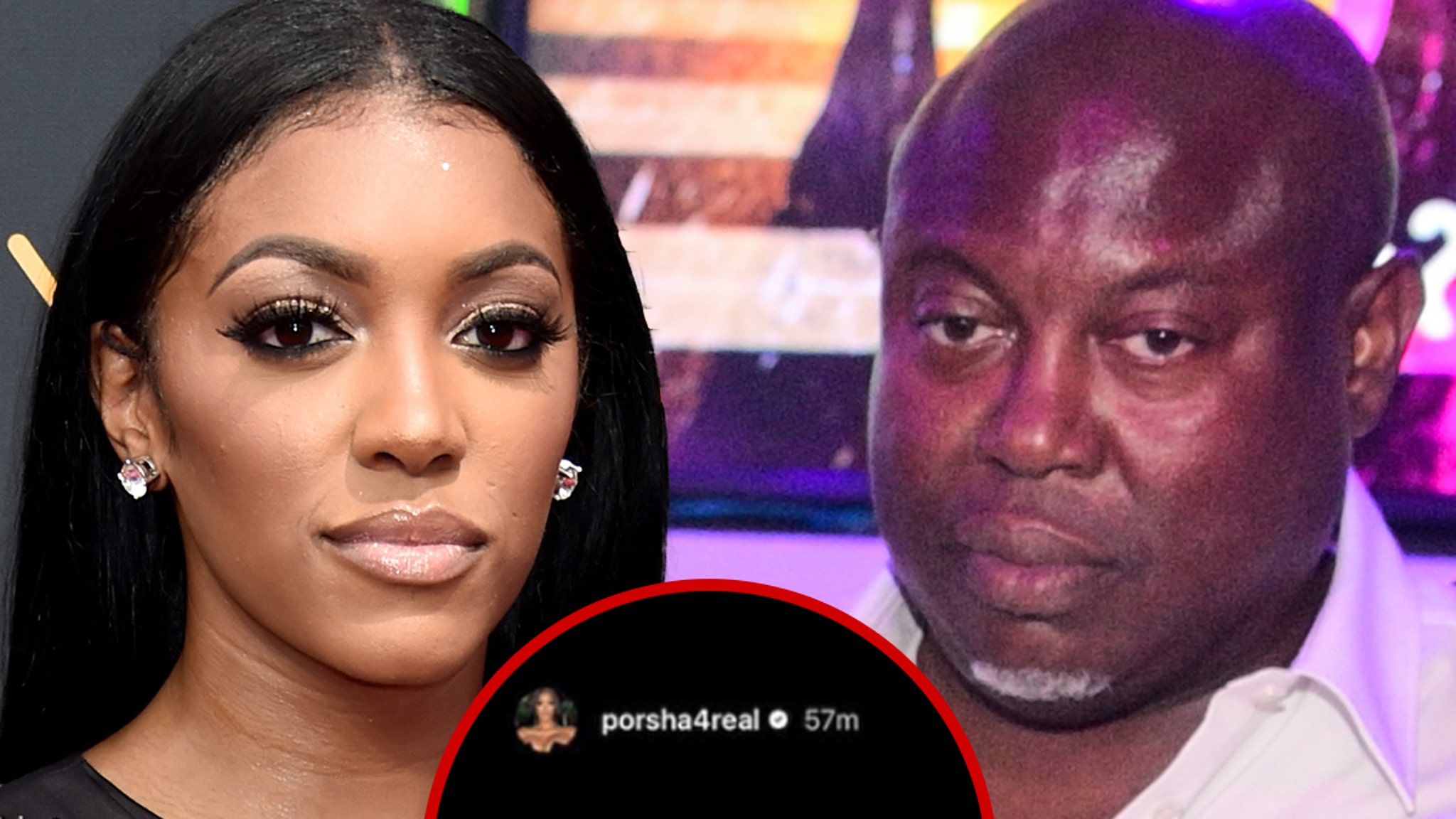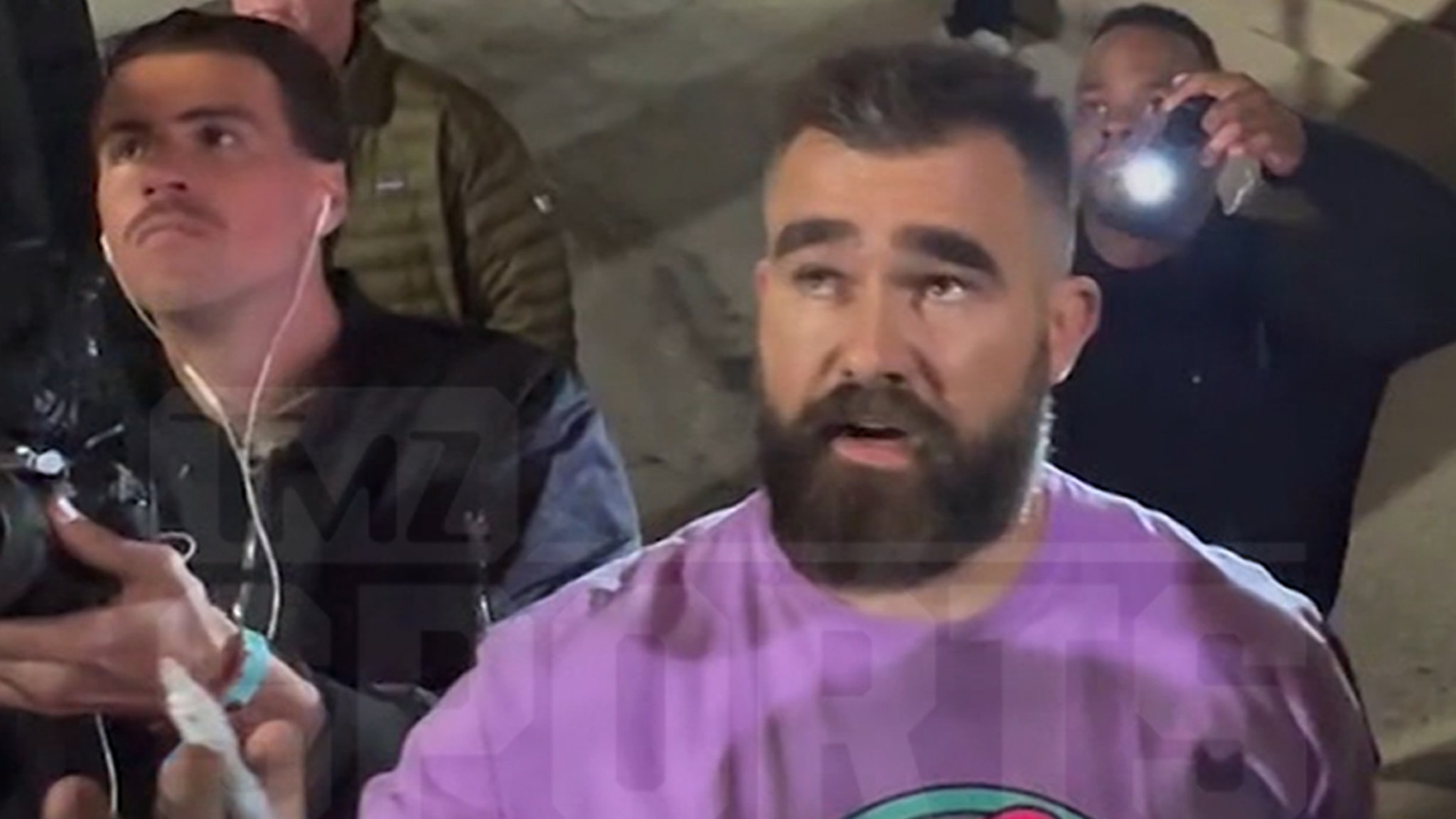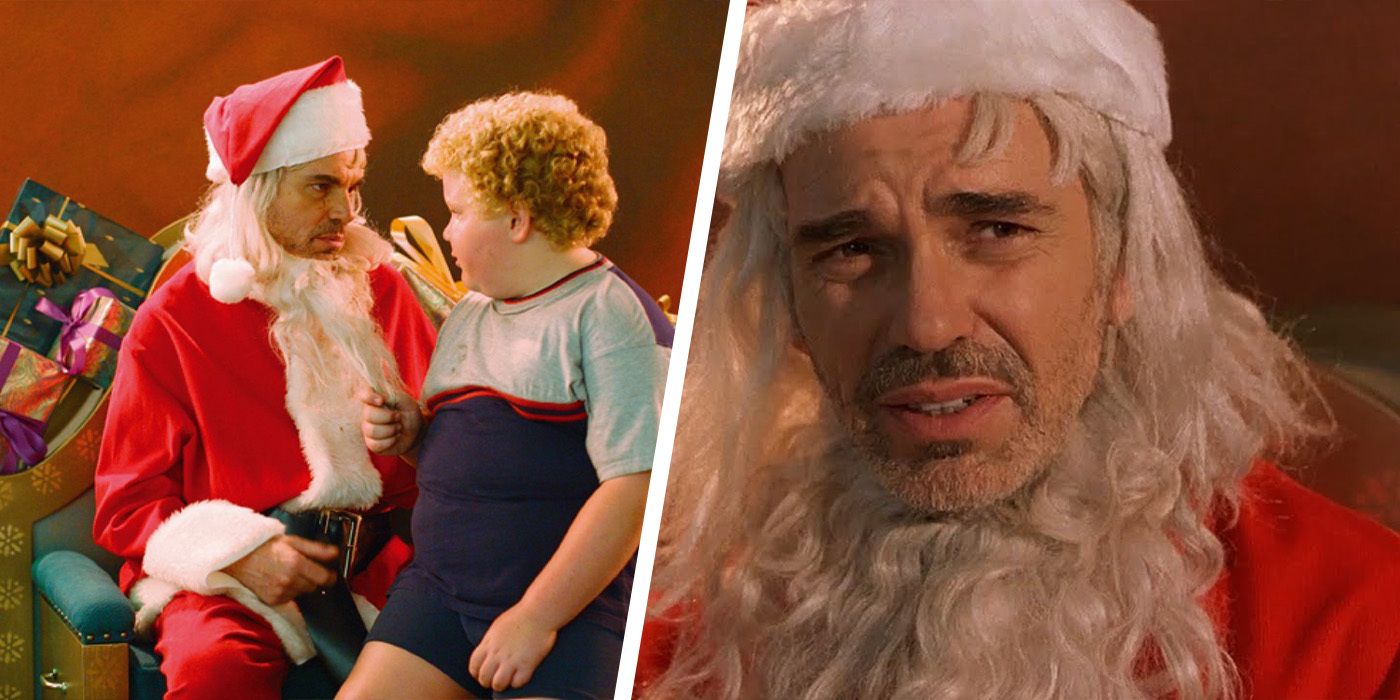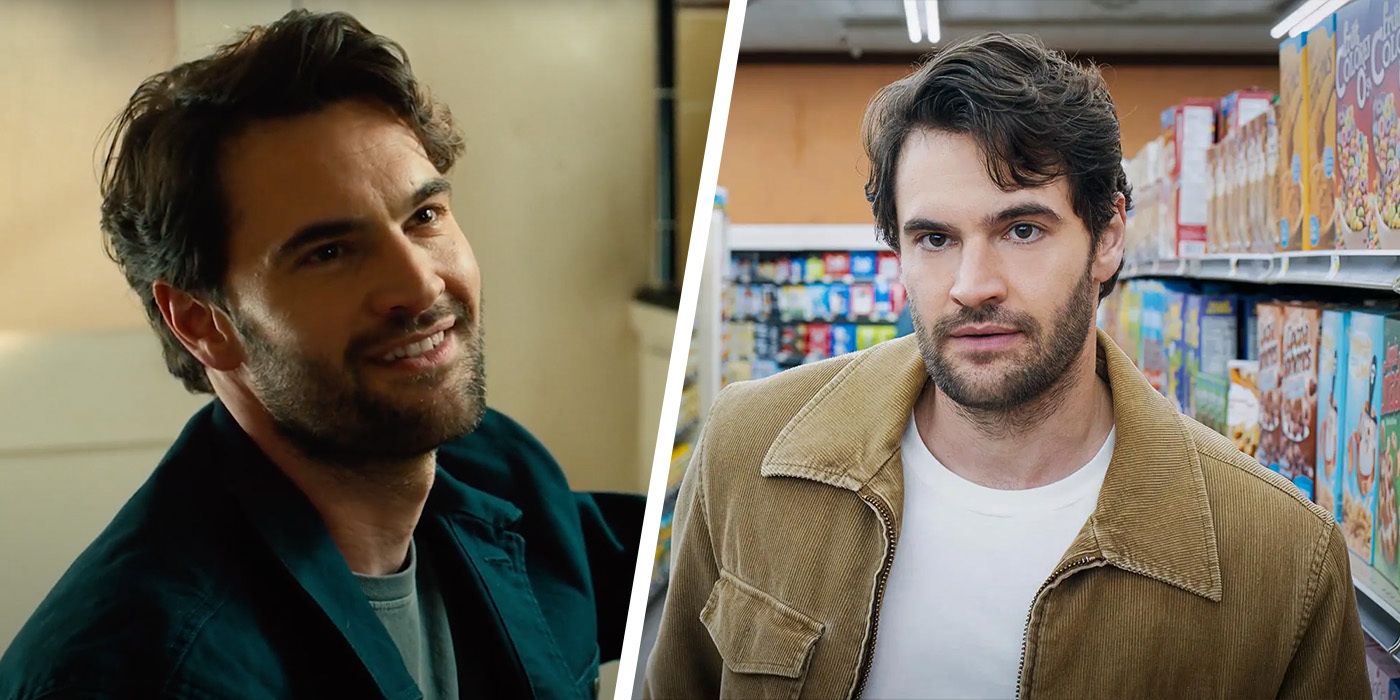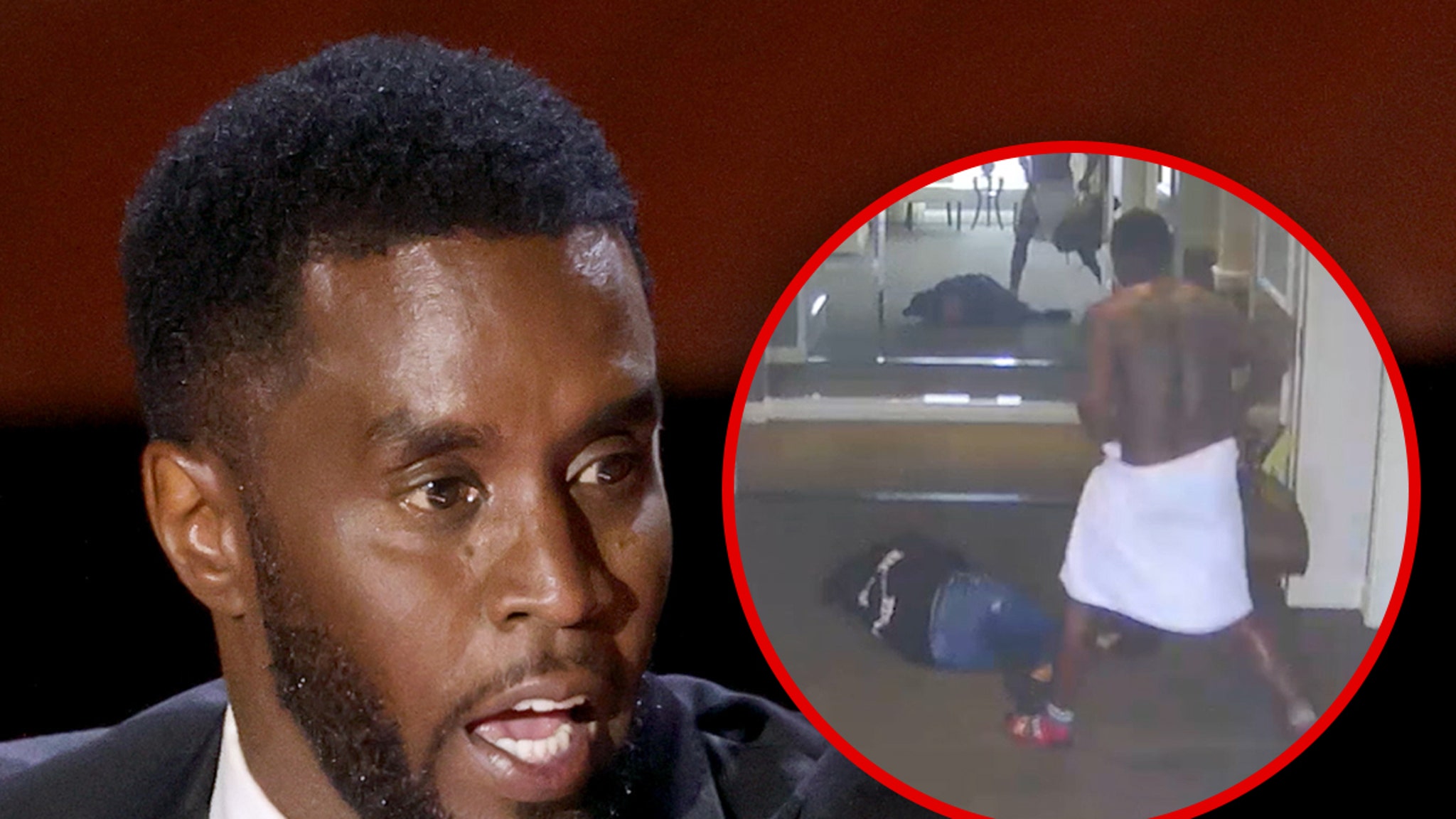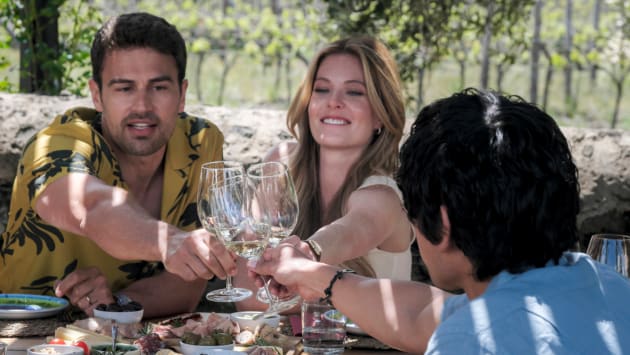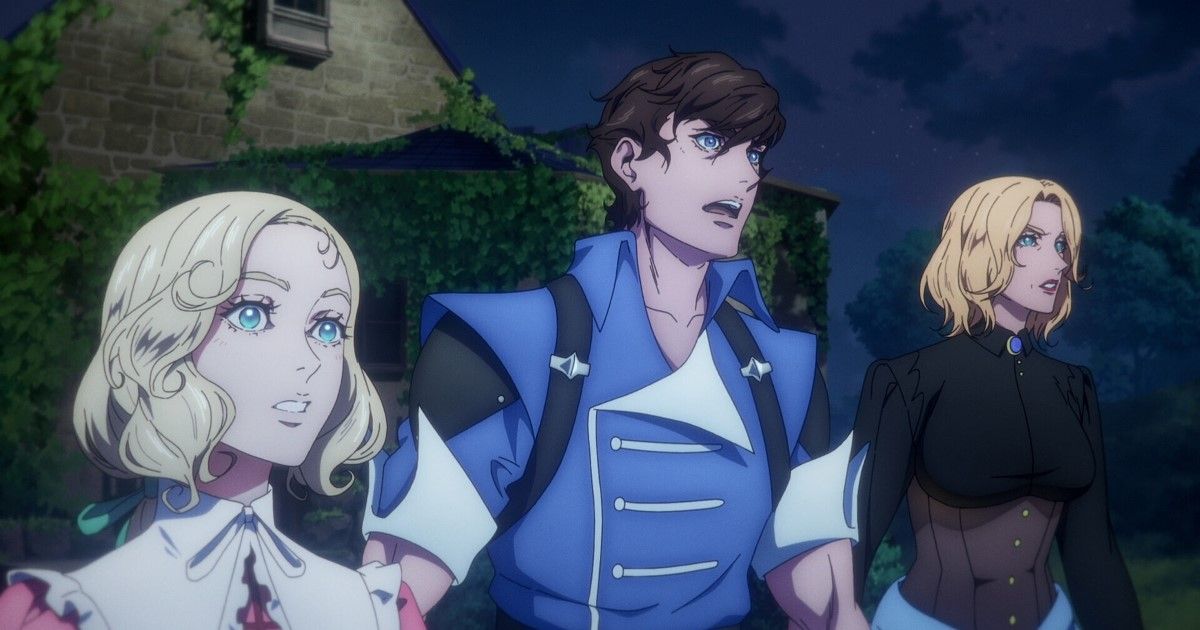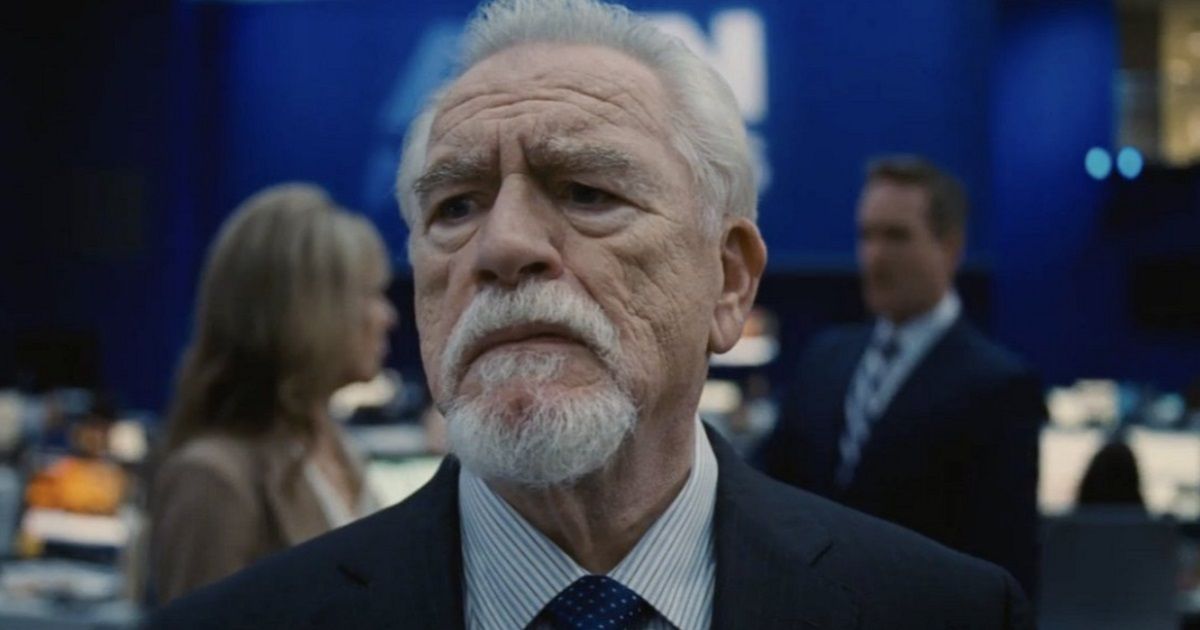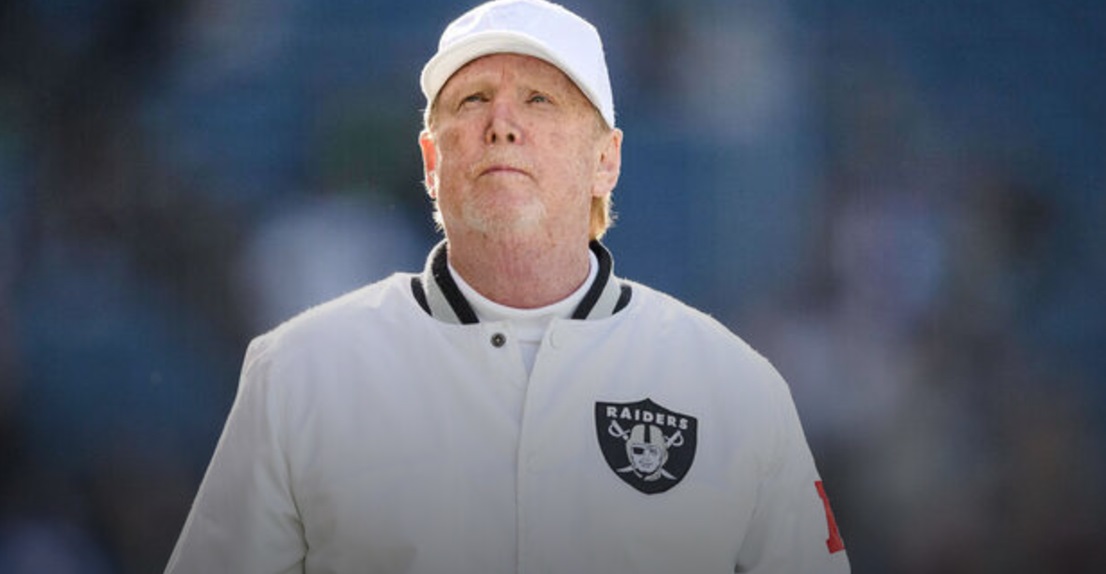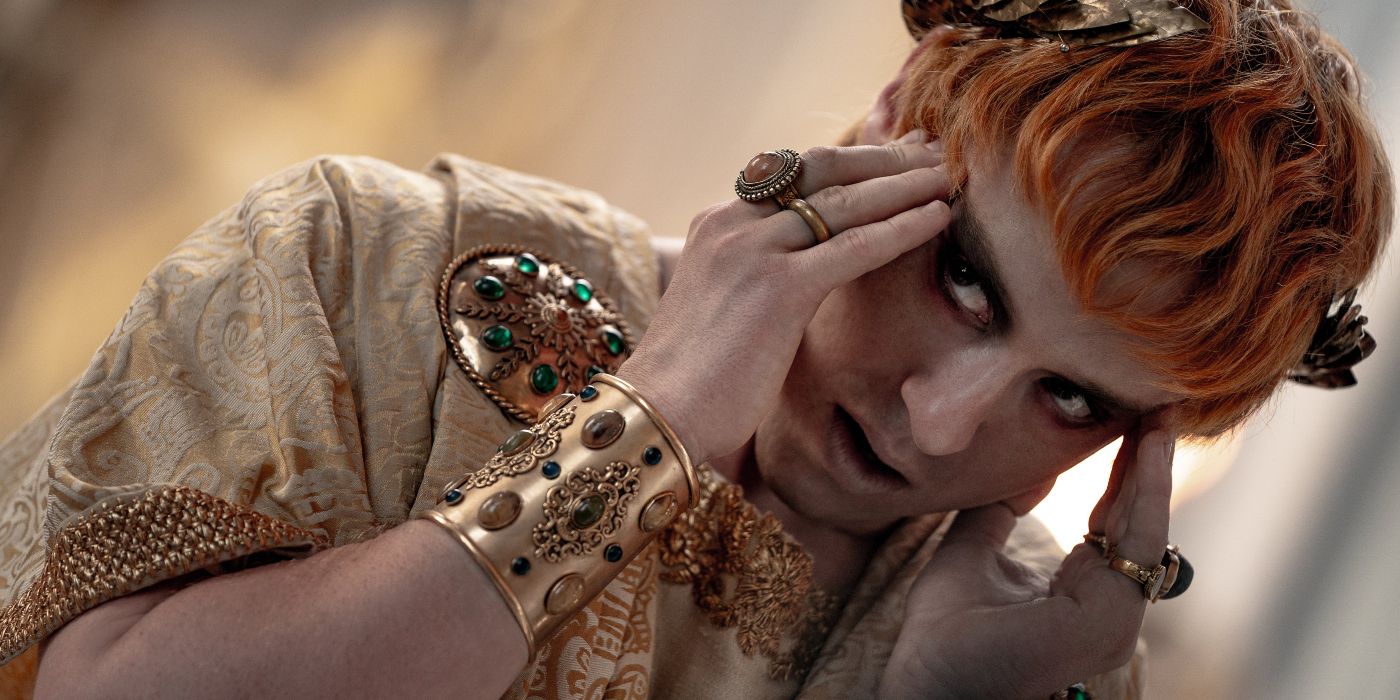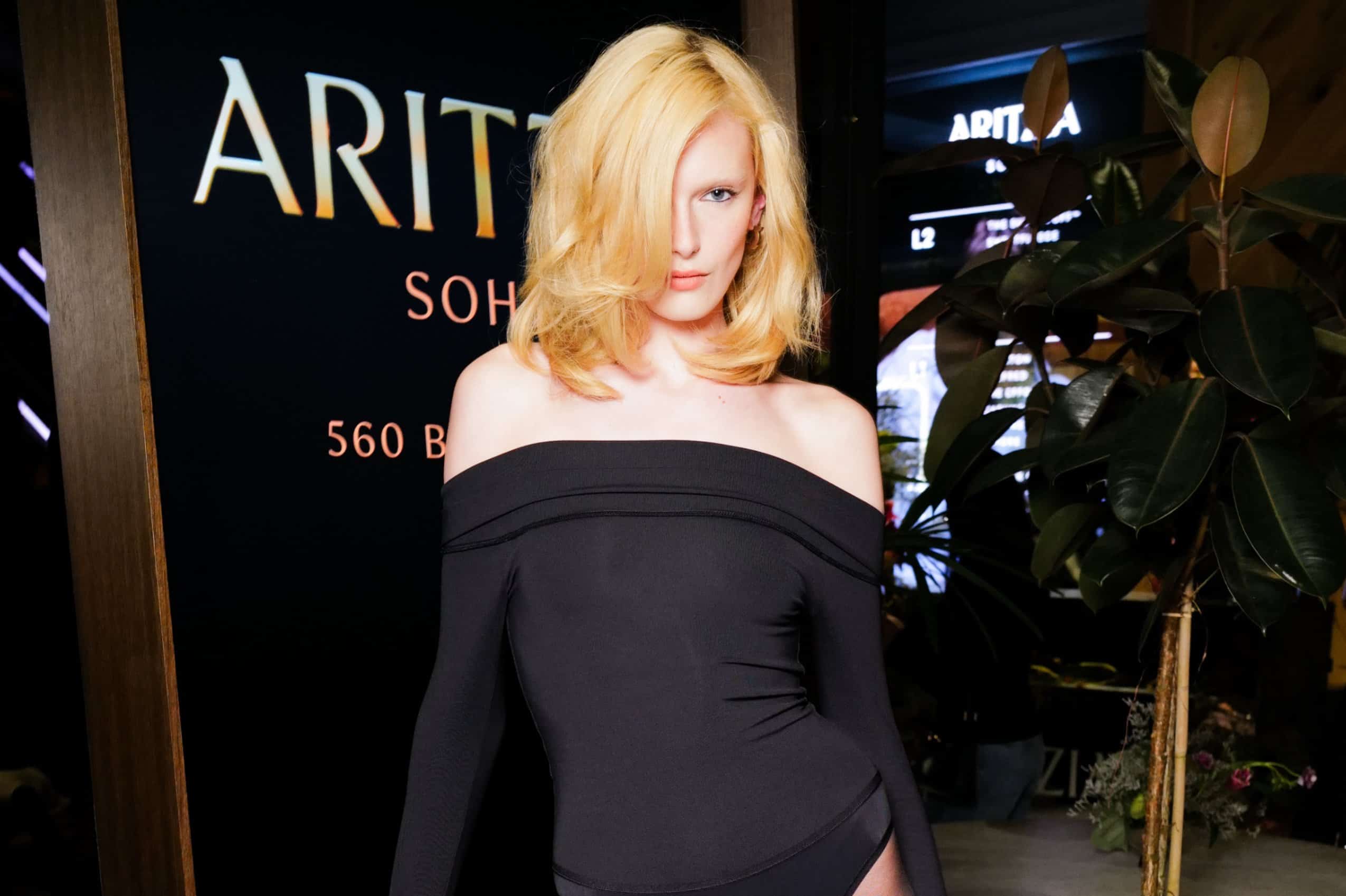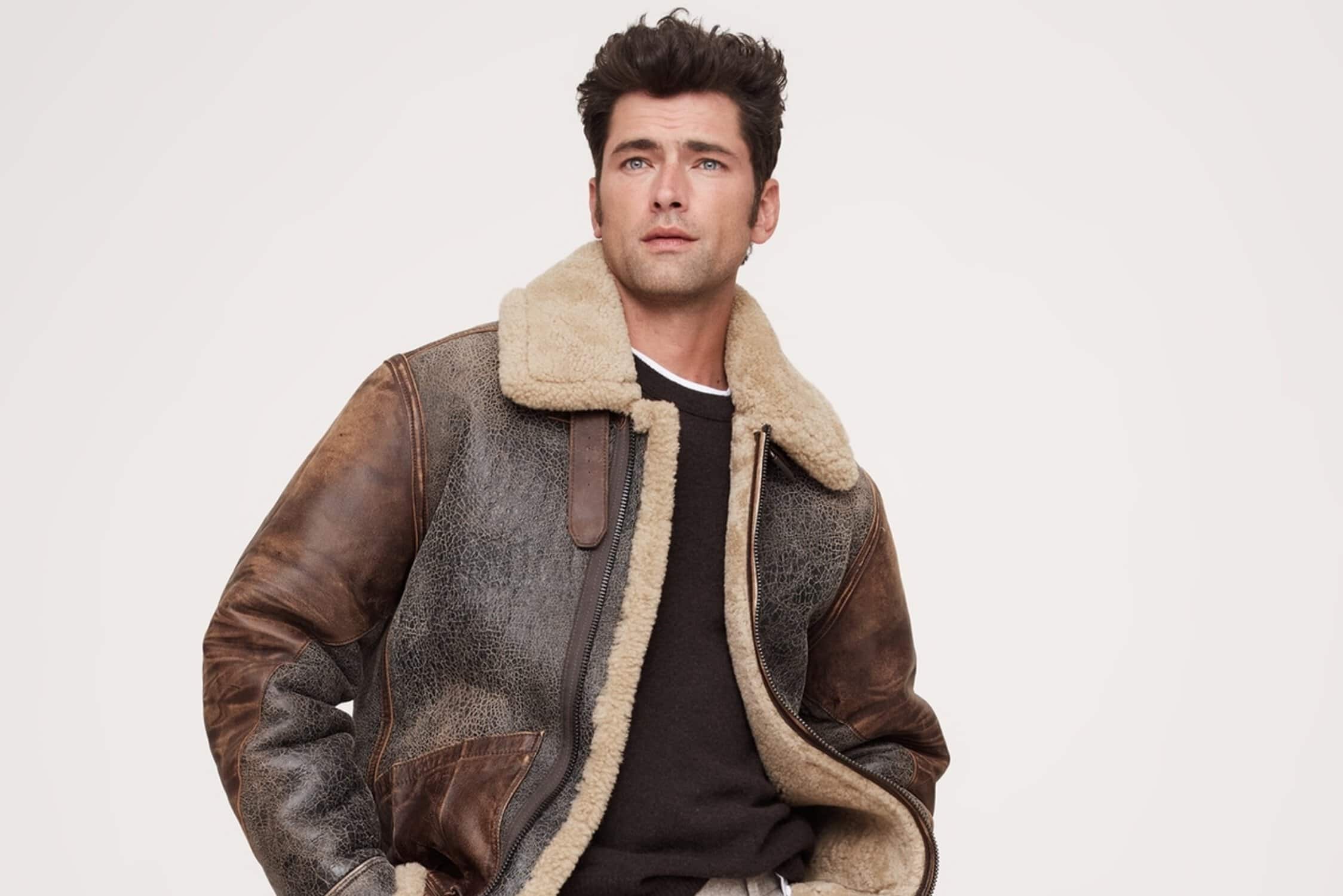Saoirse Ronan stuns as a shattered alcoholic trying to rebuild her life on a remote Scottish island in The Outrun, based on the bestselling 2016 memoir by journalist Amy Liptrot. She adapts her own harrowing journey of addiction with German director Nora Fingscheidt’s impressive visuals and unnerving sound design. The film leaps back and forth in time, chronicling a disturbing descent to rock bottom and the heartbreaking climb to sobriety. The narrative has emotional heft, but does stray overly imaginative with its unrelenting bells and whistles production design.
Outrunning Alcohol in the Past and Present
We first see Rona (Ronan), a biology graduate student, getting hammered at a London pub. She’s friendly, flirty, and vivacious with shocking blue hair. Rona refuses to leave at last call. Her temperament changes to argumentative and violent. She curses the bouncer when he tosses her out on the street. Rona picks up her belongings and walks unsteadily. A car pulls up and a stranger asks if she needs a ride.
In the present, Rona works at her father Andrew’s (Stephen Dillane) sheep farm near a steep cliff. Her voice-over narration states she’s back home in Scotland’s Orkney Islands. Rona’s long blonde hair has blue remnants at the tip. A number pops up on the screen indicating how long she’s been sober. Rona returns to Annie (Saskia Reeves), her religious mother, for the night. She’s furious when Annie’s prayer group discusses her addiction.
Rona shows little concern yanking a lamb from its mother’s womb and twirling it to life. Her father is nowhere to be found. Rona walks towards his camper fearing another episode. She finds him drinking alone. Rona is triggered at the sight of alcohol. She remembers her beaten face and bruised body at the hospital.
A Drunken Haze
Fingscheidt (The Unforgivable, System Crasher) and Liptrot want the audience to understand Rona’s altered state of consciousness. There’s a consistent theme of intercutting her isolation and loneliness on the islands with her wild partying. Getting drunk made her feel good, but the aftermath of each episode becomes more detrimental. Rona begins to alienate the people who care for her.
Rona’s decision to seek treatment isn’t taken lightly. She pays a heavy price for her drunken actions. The film’s second act chronicles her steps to recovery. Rehab is the last stop on the train before certain doom. Her desperate situation left no choice. Fingscheidt and Liptrot pull no punches in the film’s most frank scenes. Admitting she has a problem leads to further dark introspection. Rona’s alcoholism didn’t develop in a vacuum. Her traumatic childhood comes into focus with Andrew’s debilitating mental illness. Addiction can be fueled by genetics and the environment. Rona had to develop a coping mechanism to handle this crisis. Her mother found religion while she embraced the bottle.
The Outrun Succumbs to Sensory Overload
The Outrun juxtaposes Rona’s urban downfall with a somber rebirth in fierce nature. The Orkney Islands are lashed with gale force winds, brutal cold, and perpetually gray skies, but there’s also astonishing beauty and wildlife. Rona takes a position with the Royal Society for the Protection of Birds (RSPB). She volunteers to live in the middle of nowhere to document corncrake sightings. Her hunt for the rarely seen bird gives Rona a desperately needed escape. Losing everything can feel like the end of the world. She discovers hope with a change of perspective.
The Outrun is a sensory experience. Rona listens to electronic dance music. Her inebriated bouts are compounded with jarring sound effects, a flurry of quick edits, and strobing light effects. Fingscheidt shows her spinning out of control and refusing to let go. Rona wears headphones on the islands. She’s surrounded by pristine grasslands but hearing frenzied beats in a failed attempt to drown out her sorrow. It takes spiritual growth for her to turn down the volume and experience quiet solace. This makes poetic sense but the execution veers heavy-handed.
The onslaught of music, lighting, and imagery becomes detrimental as the film progresses. Fingscheidt uses animation and stock archival footage to frame Rona’s mindset at various points. She delivers an Orkney Islands history lesson resplendent with ancient myths and scientific weather observations. This background information is helpful and at times interesting, but there’s a lot going on with serious dramatic themes. You can only pour so much wine (or water, for sober Rona) before the cup runneth over. Thankfully, you never lose compassion and empathy for the wounded protagonist. Ronan continues to be remarkable and daring in another incredible performance.
The Outrun is a production of BBC Film, Protagonist Pictures, Brock Media, and Arcade Pictures. It will be released theatrically on October 4th from Sony Pictures Classics.
You can view the original article HERE.
